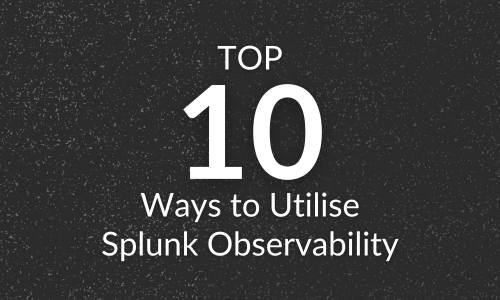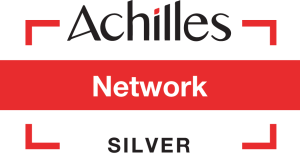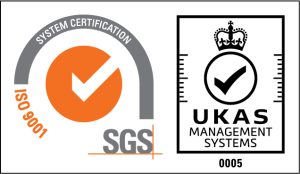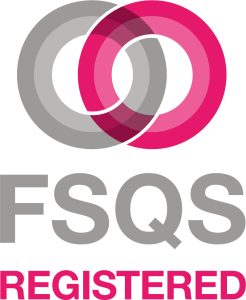
What's New for Splunk Observability in 2024?
Author: Daniel Gray
Release Date: 28/11/2024
Splunk Observability is a platform that helps teams monitor, troubleshoot and investigate digital platforms.
• Identify issues: Spot issues that impact your business
• Improve performance: Improve hybrid cloud performance with instant visibility and real-time alerts
• Find and fix issues: Find and fix customer-facing issues across web and mobile
• Deliver great customer experiences: Deliver high performing applications
It helps you to pinpoint the root cause of an anomaly, visualise all your key data in one place and perform in-context troubleshooting:
• Infrastructure monitoring
• Application monitoring
• End-user experience monitoring
• Real-user monitoring
• Synthetic testing
Splunk have been named as a Leader in the 2024 Gartner® Magic Quadrant™ for Observability Platforms.
Gartner defines observability platforms as products that ingest telemetry (operational data) from a variety of sources including, but not limited to, logs, metrics, events and traces. Observability platforms are used by organisations to understand and improve the availability, performance, and resilience of critical applications and services.
From Splunk’s recent report linked below it states: “More than a third of organizations in the U.K. are in the emerging stage of observability (34%), a promising sign that they’ve advanced beyond the beginner stage. At the same time, organizations in the U.K. still have plenty of room for improvement, as only 8% are leaders. Given that they’re less mature in their observability practices, respondents in the U.K. are also slower when it comes to innovation. Releasing an average of 10.8 new products and services annually, they lag behind most other nations surveyed when it comes to the pace of innovation. On the whole, U.K. organizations should keep investing in observability, as it’s producing measurable dividends. Spending $1.3 million annually on observability tools has yielded $3.5 million in business value (above average, relative to other nations). An area of potential investment U.K. organizations can explore is identifying root cause. Sixty-five percent have seen the time to identify root cause accelerate this past year, compared to 71% worldwide. To detect incidents faster, organizations in the U.K. could benefit from AIOps adoption, which brings automation and greater intelligence to investigations. Just 46% are adopters, compared to 52% across all countries.”
The New Developments in Splunk Observability
There have been a number of exciting developments across the Observability product suite and I’ll be showcasing them for you through this blog post.
First up, the AI Assistant.
Have you ever wished you could have a chat with your data to unlock those valuable insights, well now you can! With the AI assistant you can ask questions in natural language which will bring you closer to finding and fixing issues. For example if your website is being unresponsive you could ask “Why are the response times so high on my web servers” and the AI assistant will return insights about the infrastructure and applications powering your website.
Secondly, Service Level Objective Management
This update makes it easier than ever for you to understand where your infrastructure sits within the context of your business. Service level objectives are powered by service level indicators, metrics that are important for the service or infrastructure to meet. You may choose to define your own SLI’s or leverage those that come out of the box, by alerting on burn events, you’ll be able to proactively intervene to prevent a breach of an SLO. For more information on this update, read the official announcement!
Splunk have launched two new Observability realms on AWS in both Germany and the UK. If you’re based in these regions and have regulatory compliance frameworks to adhere to, you now have access to the full Observability product suite without having to send your data out of your region.
Thirdly, Real User Monitoring (RUM)
For those already using Real User Monitoring (RUM), I’ve got good news for you. You can now apply custom indexed tags. This will enable you to separate your data out for more advanced correlation and troubleshooting. You’ll be able to filter down your metrics based on these tag values, by adding your business specific tags your mean time to resolution will likely improve through more intelligent troubleshooting.
There’s been an overhaul to the user experience in Observability Cloud, improvements to the global search function makes your results easier to read and will show you different types of resources that are available to you as an Observability Cloud user. Combined with the landing page improvements it’s never been easier for you to search, explore and navigate between services. You can learn more about this here.







